Prime Minister Narendra Modi is confident that India will become the world's third largest economy in the next five years, within his third term.
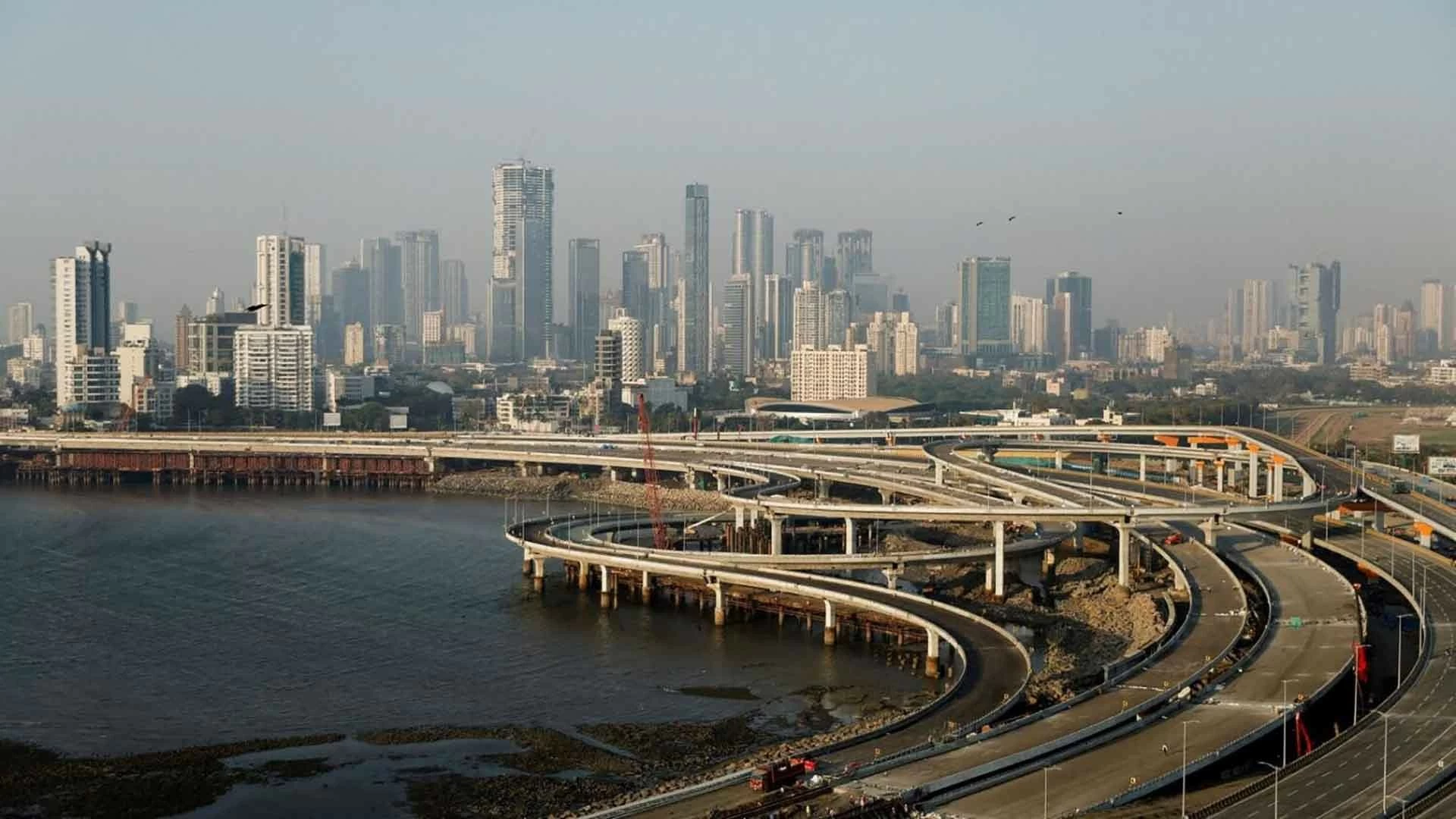 |
| India is adding nearly 55,000 km to its national highway network across the country, increasing its overall length by 60% between 2014 and 2023. (Source: Reuters) |
Prime Minister Narendra Modi has made history in India, becoming the first leader to serve three consecutive terms since Jawaharlal Nehru. Under his leadership, India, the world’s most populous country, has achieved new prominence on the international stage, and has overhauled its infrastructure to meet the needs of its 1.4 billion people.
Aspiration for "Viksit Bharat" in 2047
India is currently the world's fifth largest economy with a GDP of about 3,700 billion USD, emerging as the world's fastest growing major economy in 2022, 2023 and is forecast to continue in 2024. In 2023, India achieved an impressive growth of 7.6%, while global growth was only 2.6%. Determined to maintain the goal of rapid and stable development, Prime Minister Modi has the ambition to make the country a developed nation by 2047.
“The world of the 21st century is looking towards Bharat with great hope. We need to change the traditional mindset of reform. Bharat cannot be limited to economic reforms alone, but must advance in all aspects of social life in the direction of innovation. Reforms must be in line with the aspiration of a ‘Viksit Bharat’ (developed India) by 2047,” Prime Minister Modi called.
At the event celebrating his third term victory (June 2024), Prime Minister Modi did not forget to reiterate his promise to fulfill his election pledge to make India the third largest economy in the world, from its current fifth position, and to continue to successfully implement the agenda.
According to estimates by the Indian Ministry of Finance in late January 2024, the South Asian country's economy is expected to boom in the coming years, becoming the world's third largest economy by 2028, with a GDP of 5,000 billion USD, surpassing Germany and Japan.
The International Monetary Fund (IMF) in May 2024 raised its forecast for India’s economic growth in the 2024-25 fiscal year to 6.8% from 6.5% (issued in January), mainly due to public investment. The IMF report also emphasized that “India is the source of persistent positive growth surprises, supported by strong and resilient domestic demand.”
In fact, to turn India into a new growth pole, in recent times, this country has focused on attracting FDI, boosting production, from machinery, production lines and domestic infrastructure, while increasing spending on building roads, ports and airports...
According to the plan, in 2024 and beyond, India will focus on developing logistics infrastructure, continuing to approach the goal of becoming the world's next major manufacturing center. The government is preparing all favorable conditions to attract global companies to set up giant research and innovation centers in India. In fact, many of the world's leading technology companies such as Amazon and Microsoft are pouring billions of dollars into the "Silicon Valley" of Bangalore, while other giant corporations such as Verizon, Nokia and Cisco are doubling their investment in this emerging economic powerhouse.
Additionally, micro, small and medium enterprises continue to be the backbone of the Indian economy, accounting for 95% of enterprises, generating 30% of GDP, accounting for more than half of exports and employing 110 million people directly.
The country's rapidly growing domestic consumer market, coupled with strong industrial sectors, is a long-term factor in attracting global investment flows. This demonstrates that India's focus on industrial development is a sustainable solution.
Solve the "brain problem"
On July 30, in his opening speech at the 2024-2025 Union Budget Conference: “Journey towards Viksit Bharat”, Prime Minister Narendra Modi proudly affirmed that India is firmly on the path to becoming the third largest economy in the world.
“India is growing rapidly and the day is not far when it becomes the third largest economy in the world, from the current fifth position. Our government does not lack political will and will take every decision with the motto ‘national interest first’,” Prime Minister Modi said.
Proud of its achievements in recent times, with high growth and low inflation, India has become a beacon of stable growth, in a world facing high inflation, low growth, and a series of geopolitical challenges. Prime Minister Modi believes that “the whole world is looking at India, investors from all over the world are eager to set foot here. World leaders are full of positive views about India. This is an opportunity for Indian industry to grow and we need to rise strongly to seize the “golden opportunity”, contributing to the goal of Viksit Bharat by 2047!”, Prime Minister Modi called.
In fact, observers say that Prime Minister Modi enters his third term with many "headwinds", and the challenges to be solved are as numerous as the achievements he has made.
Despite impressive economic growth, much of the country’s growing wealth is unevenly distributed. Despite the advantage of a large, young, well-educated workforce (40% of India’s population is under 25, many of whom are tech-savvy and fluent in English), the biggest beneficiaries have been the upper classes, while the majority of the population has faced soaring prices, rising unemployment, and widening income inequality.
With its strategic location in Asia and a booming economy, the Modi government’s successes are expected to extend far beyond its borders, attracting the attention of the world’s top investors. The US has long viewed New Delhi as a key regional bulwark against an increasingly assertive China. But India is a close partner of Russia, despite Western sanctions...
Analysts say that under the leadership of Prime Minister Narendra Modi, India is poised to become an economic powerhouse of the 21st century, but trying to balance domestic interests as well as “walking the tightrope” in relations between major countries for national interests continues to be a “brain-teasing problem” in the leader’s new term.
Source: https://baoquocte.vn/an-do-cuong-quoc-kinh-te-the-ky-xxi-280923.html


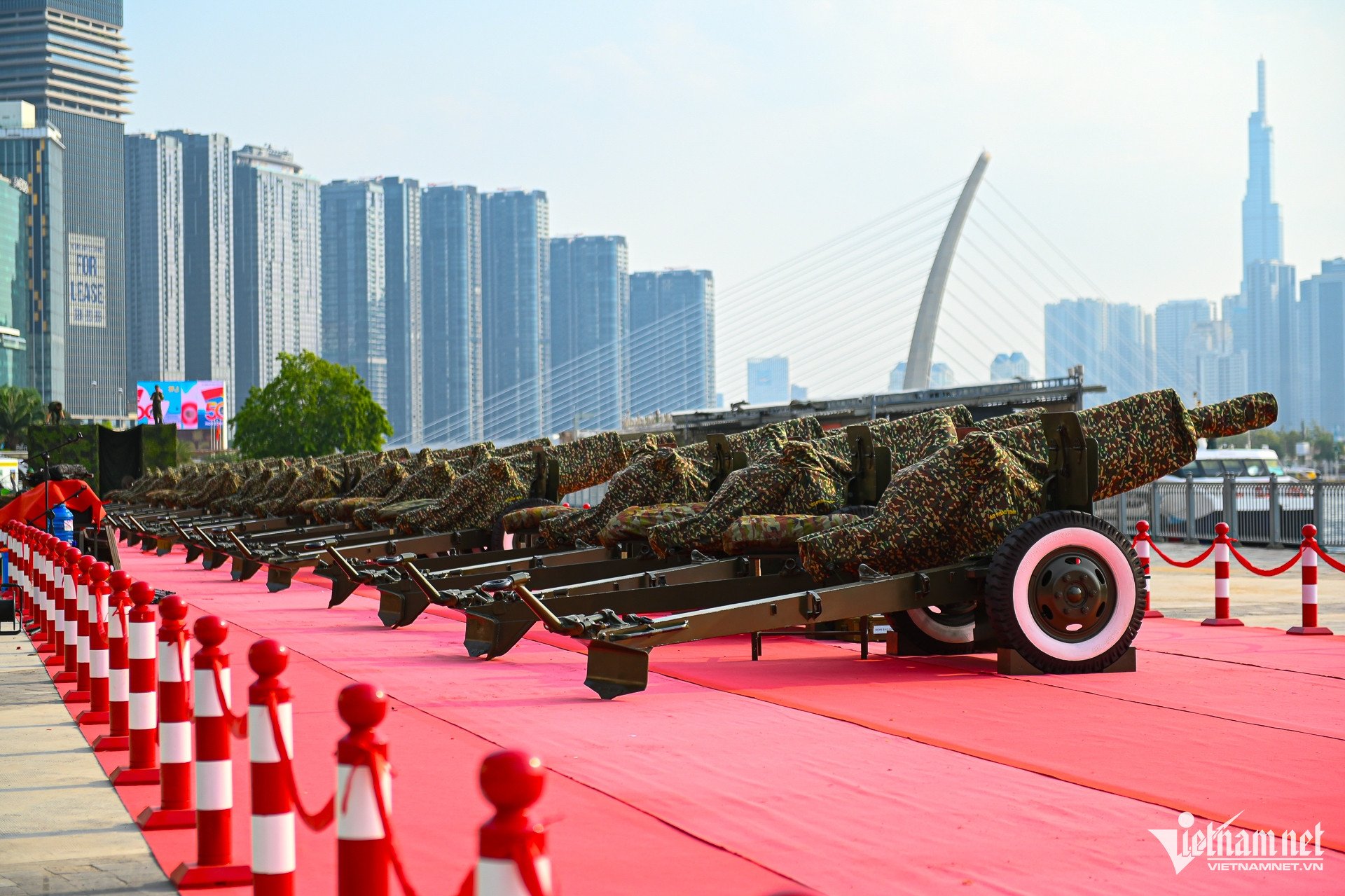

![[Photo] Visiting Cu Chi Tunnels - a heroic underground feat](https://vstatic.vietnam.vn/vietnam/resource/IMAGE/2025/4/8/06cb489403514b878768dd7262daba0b)


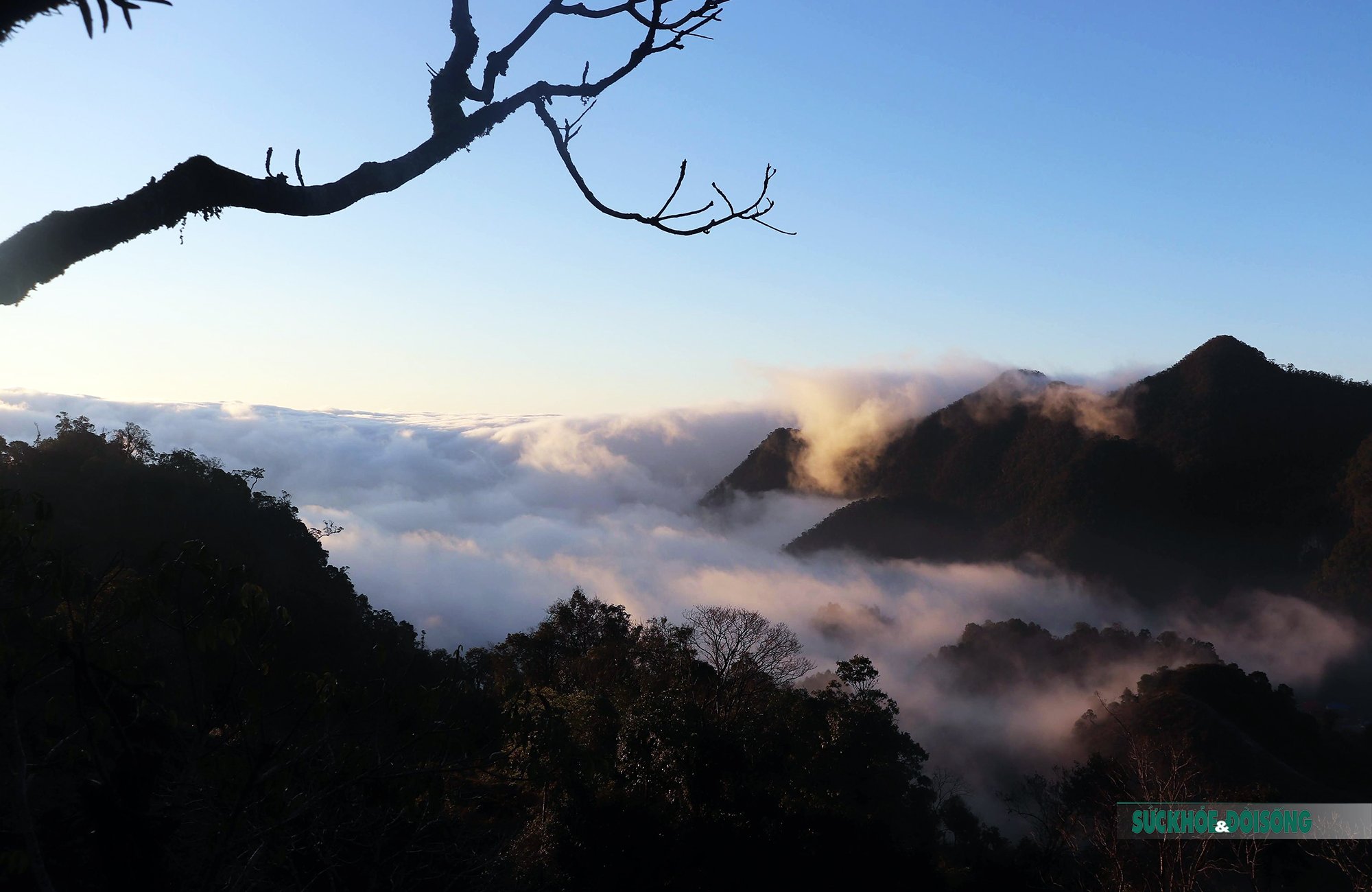


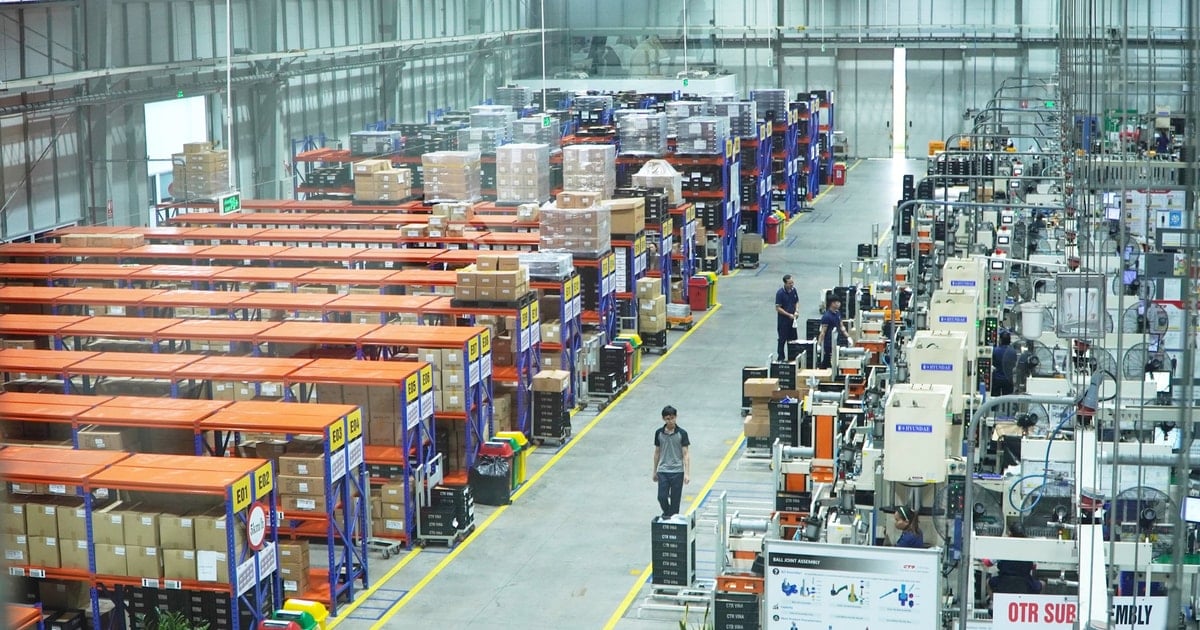
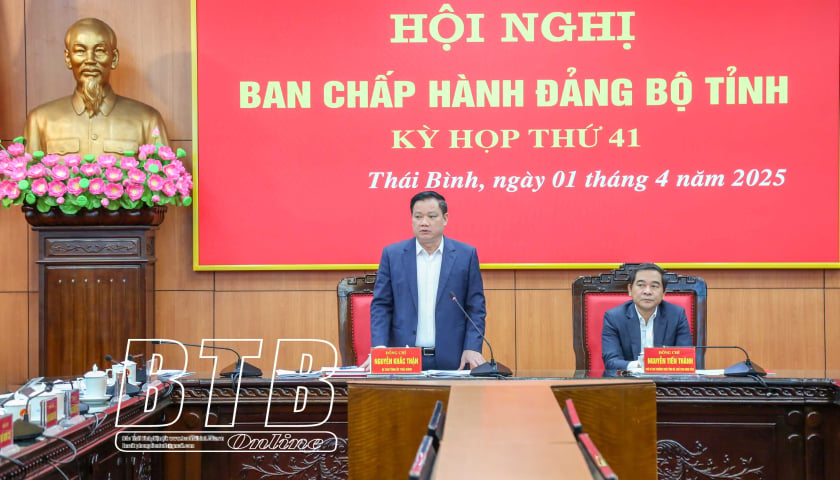
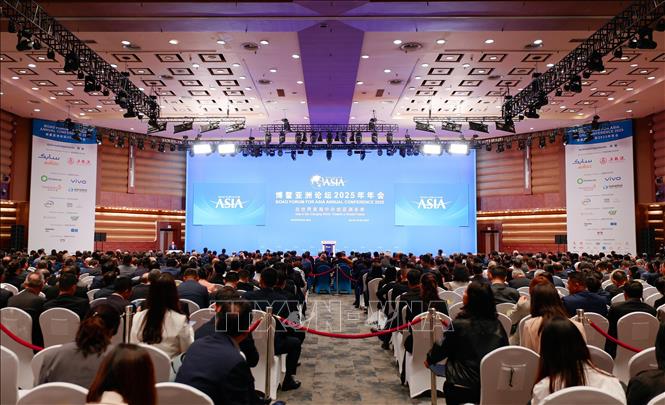

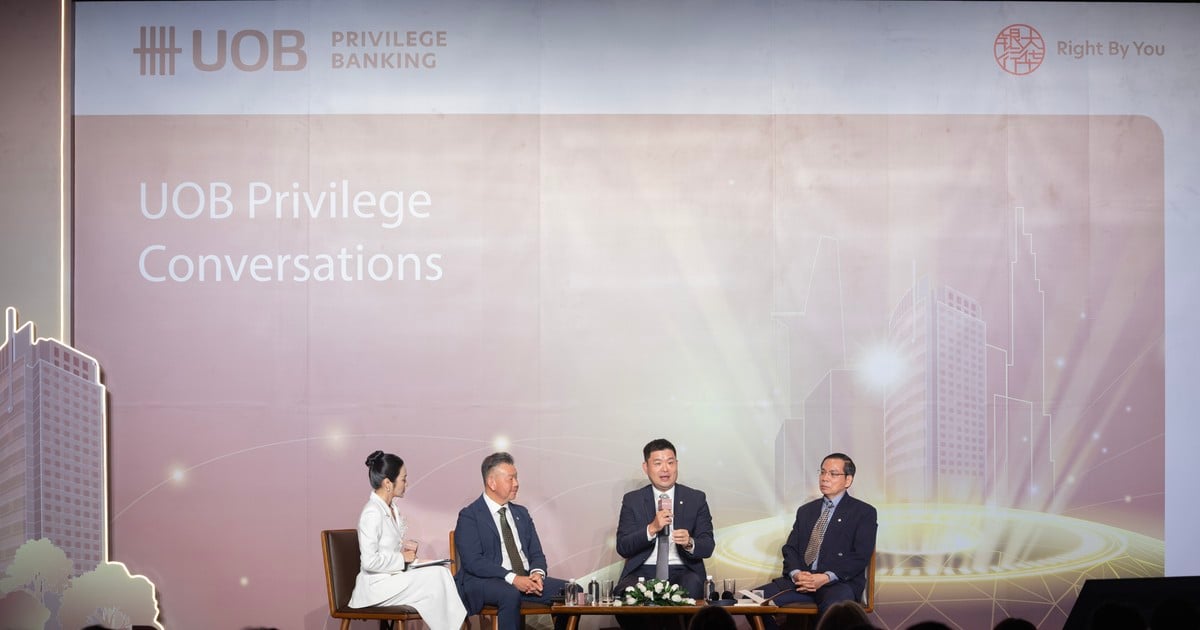


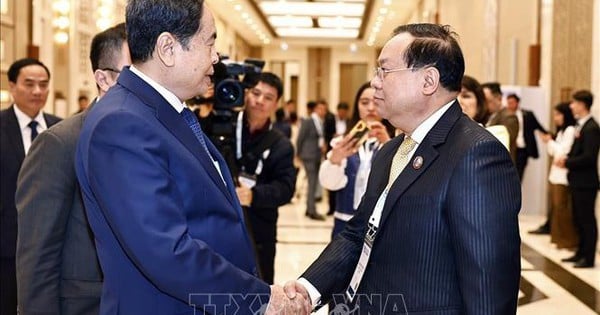
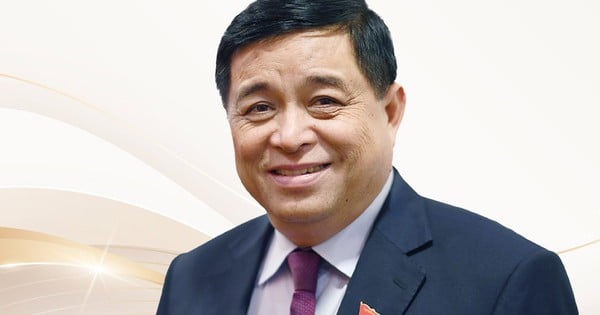
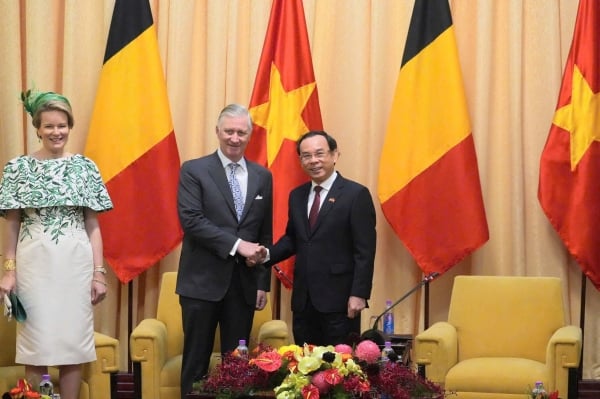
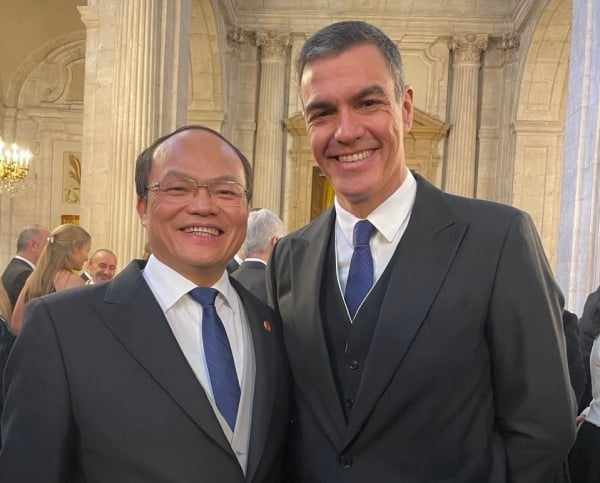
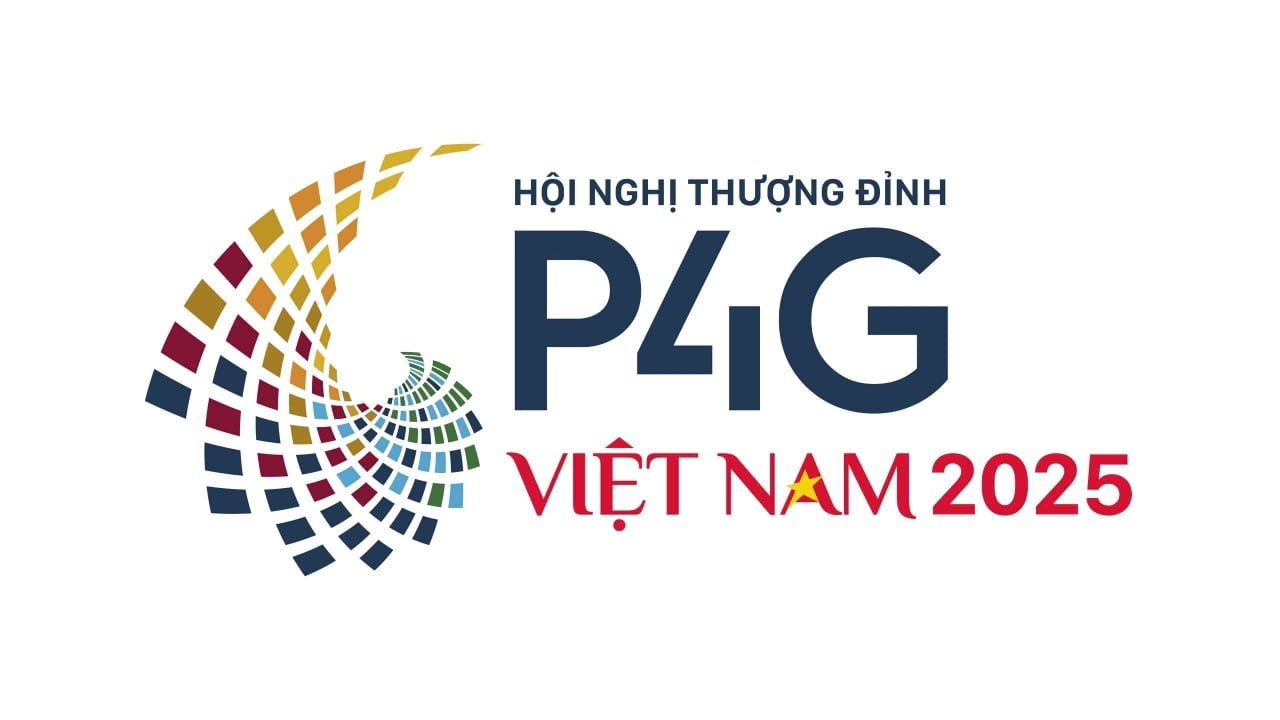
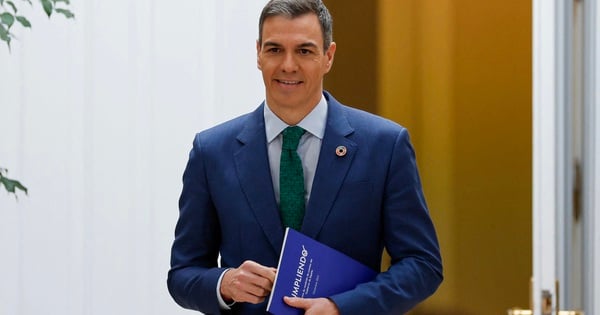

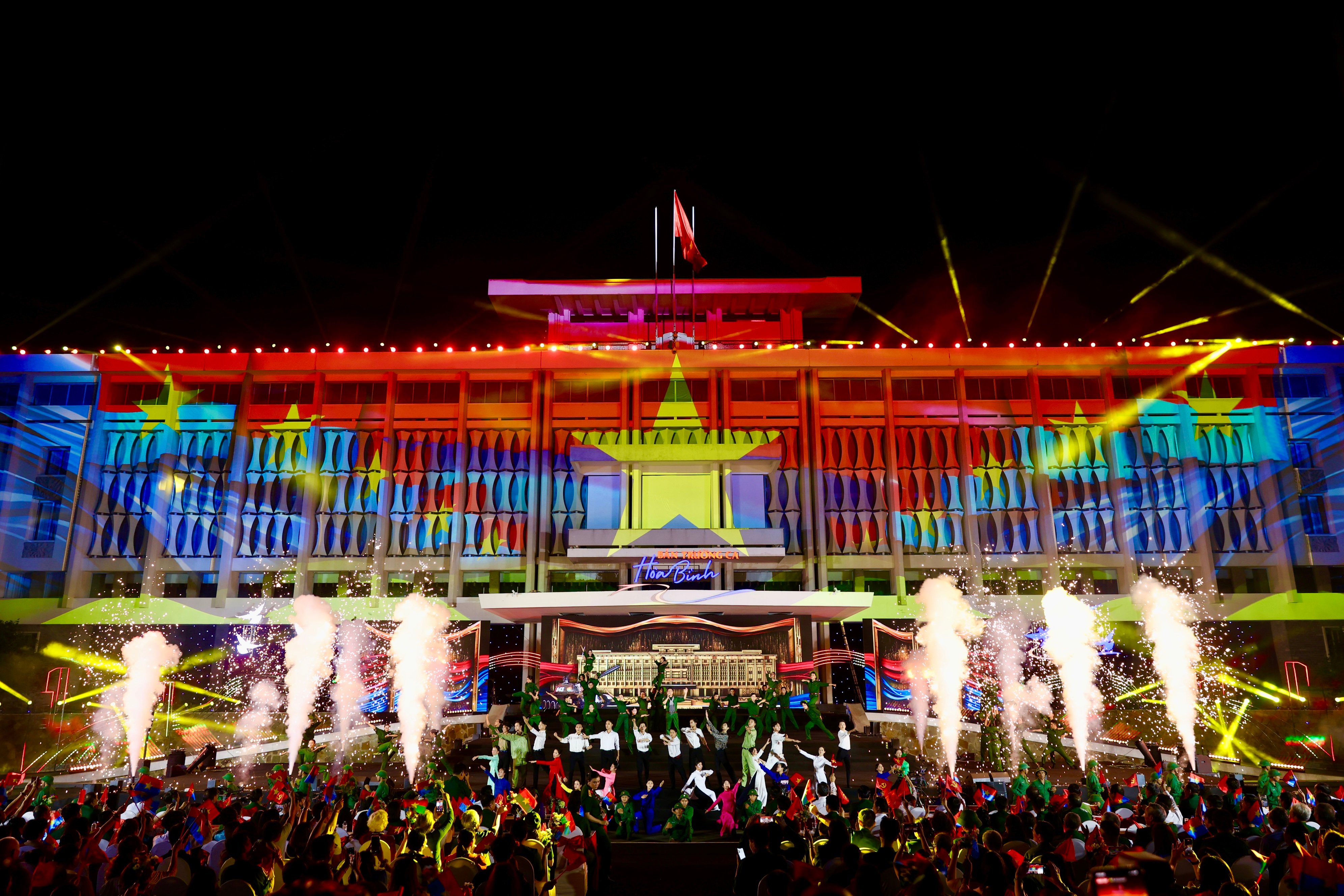
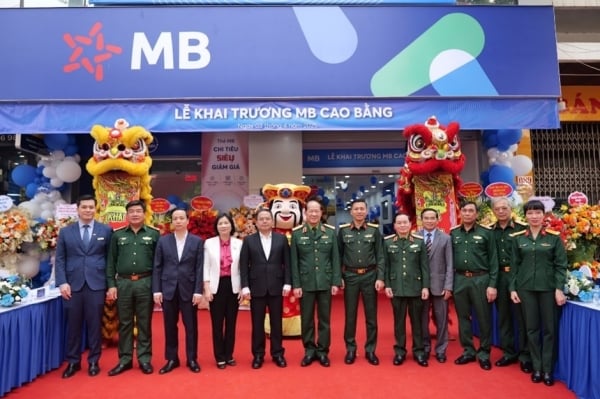
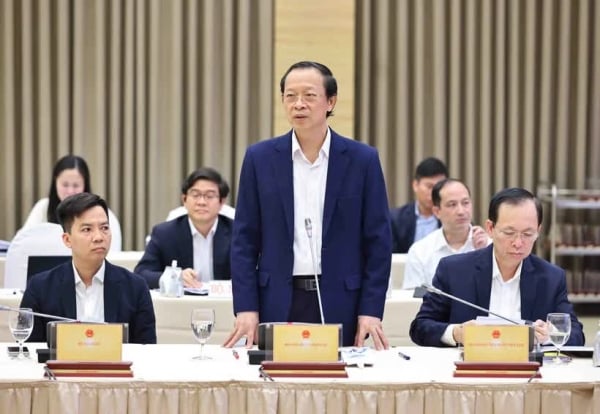
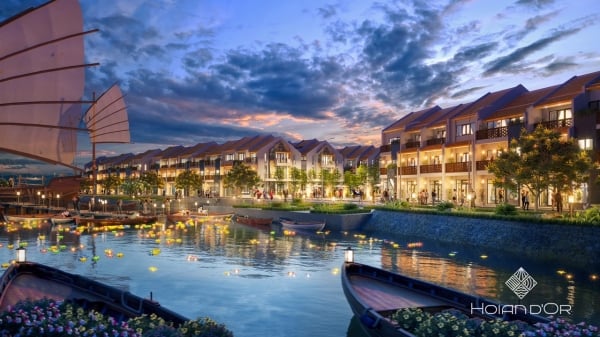





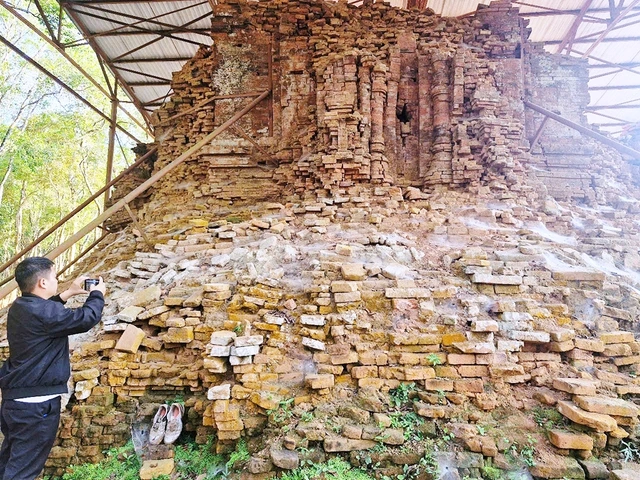

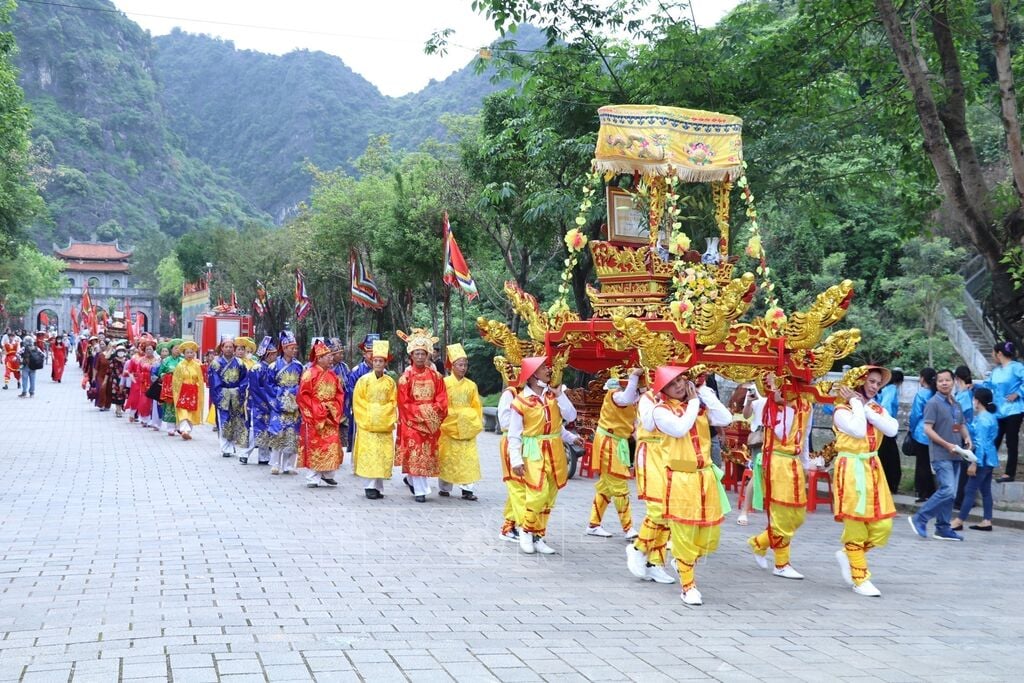




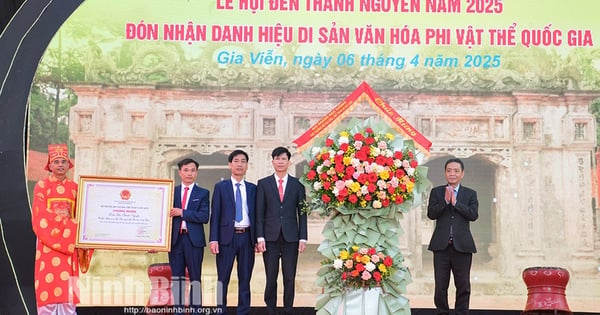



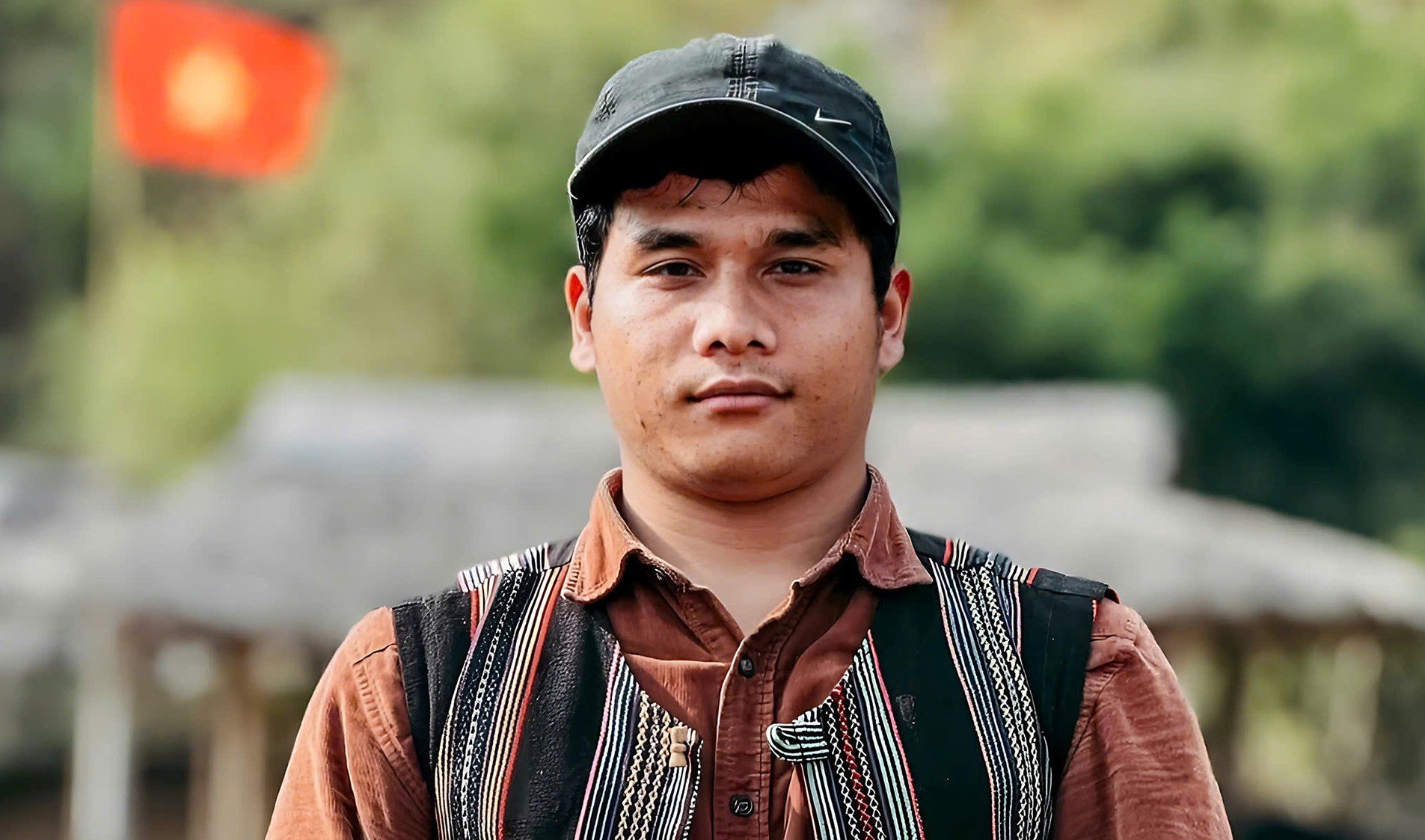






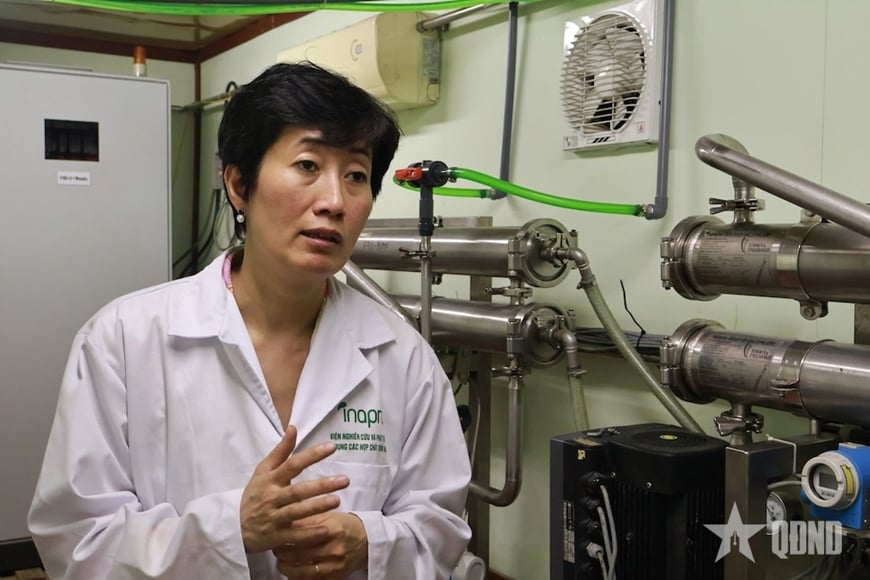

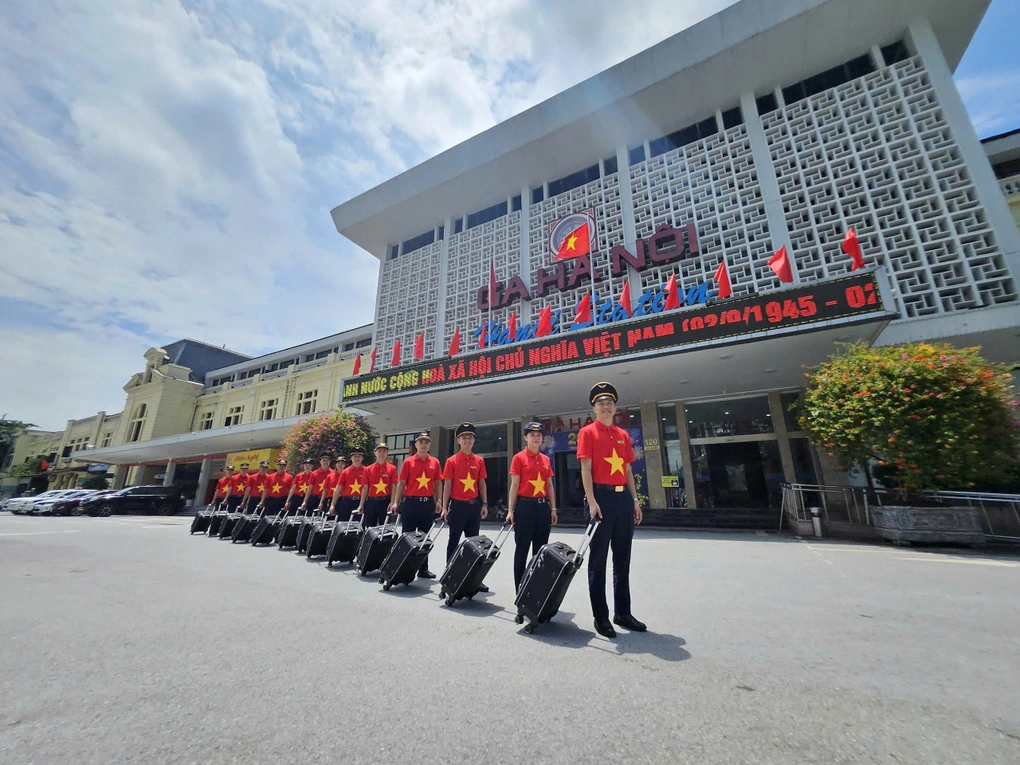




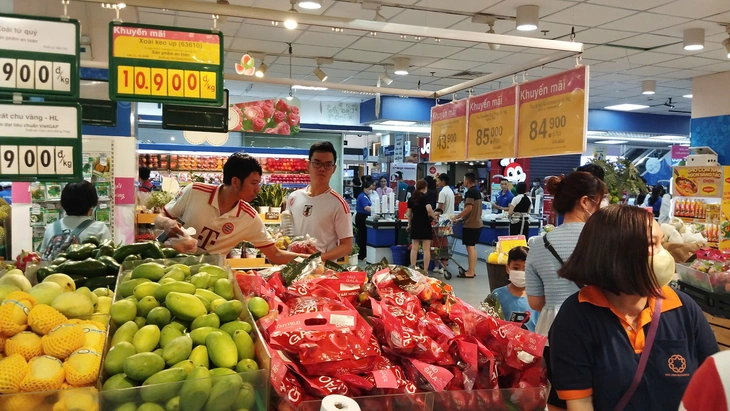







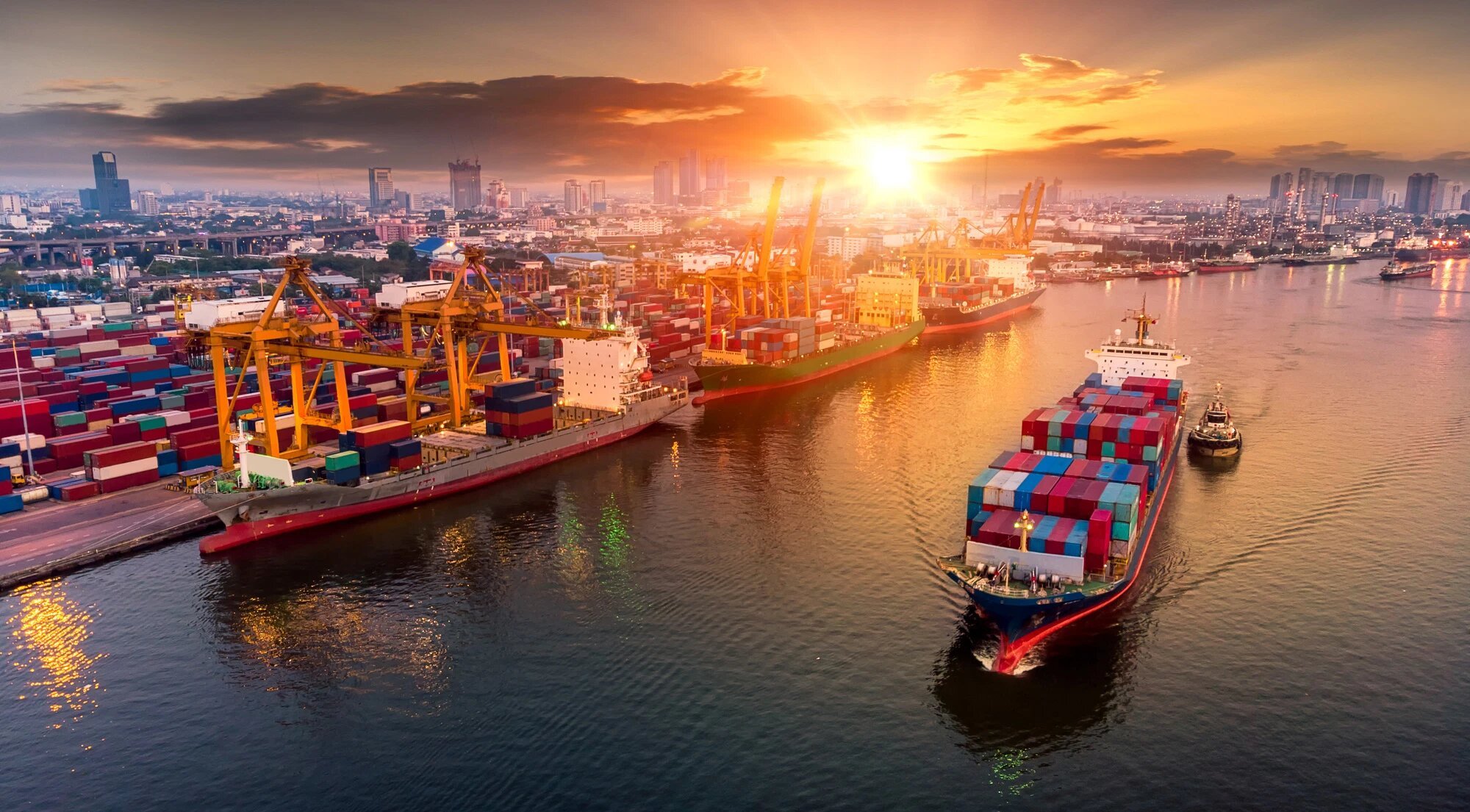







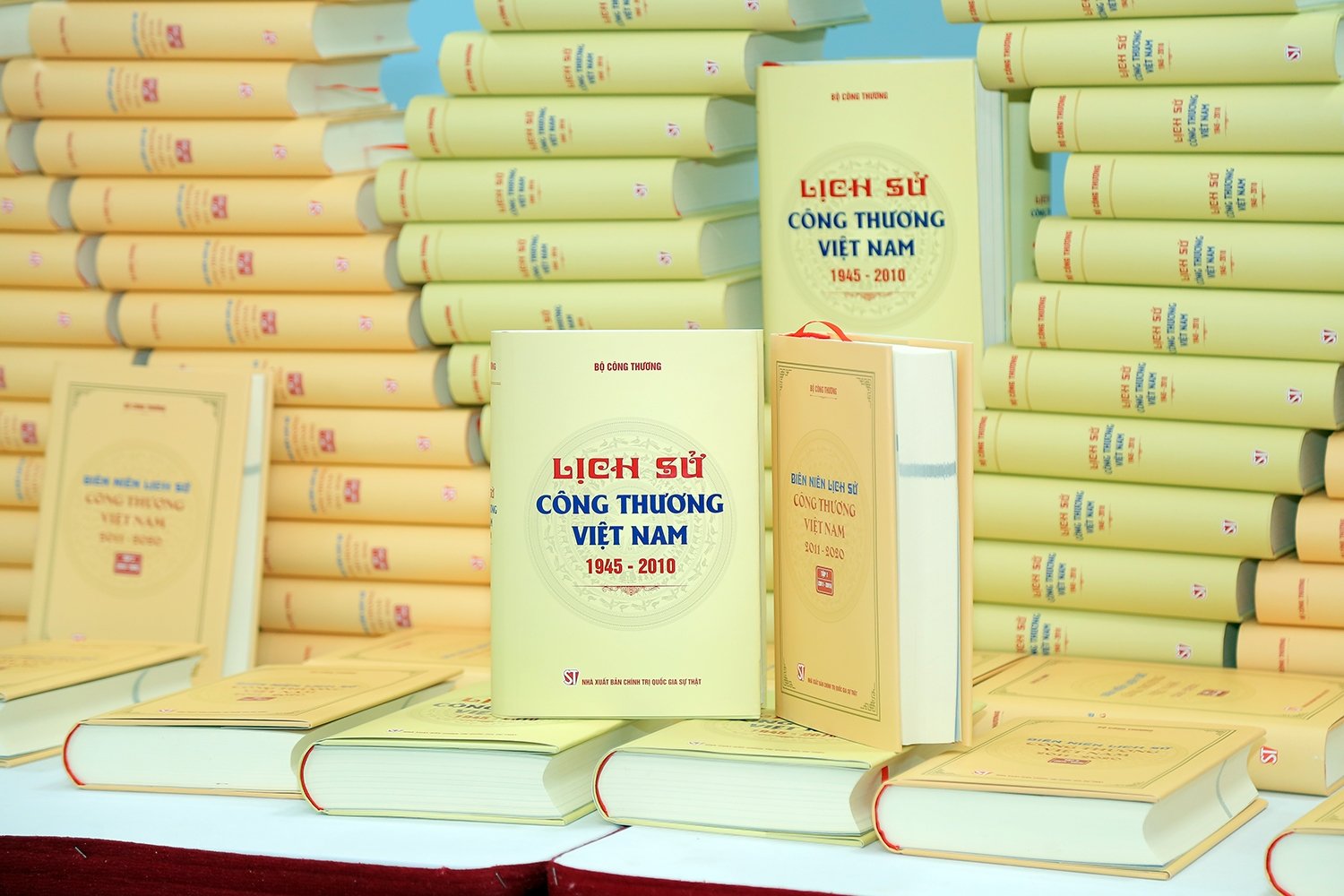
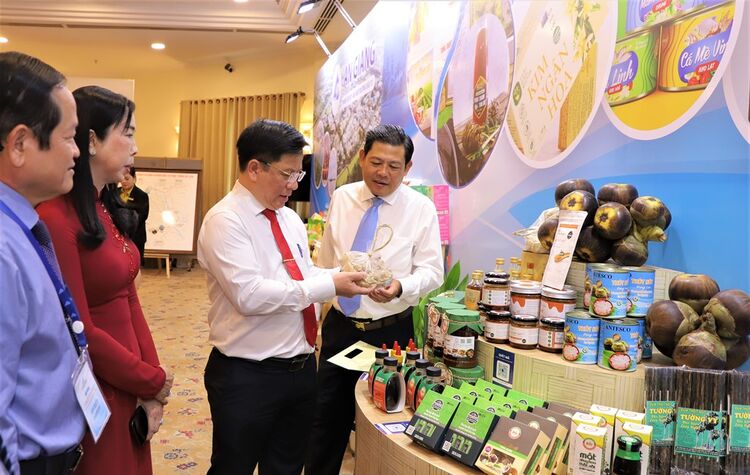



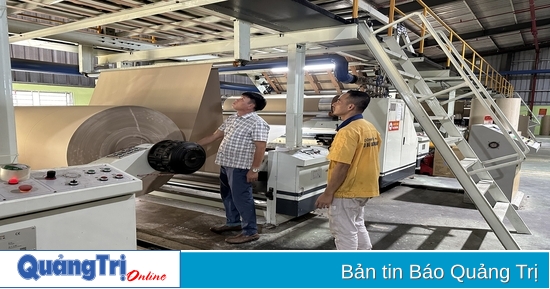



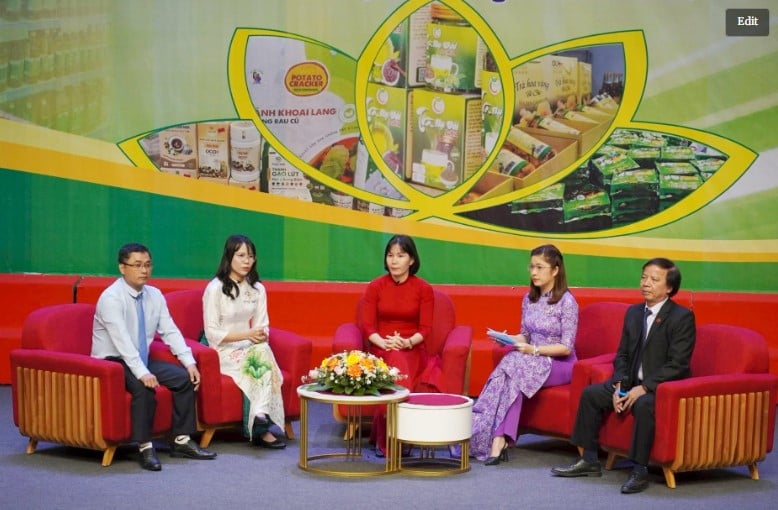





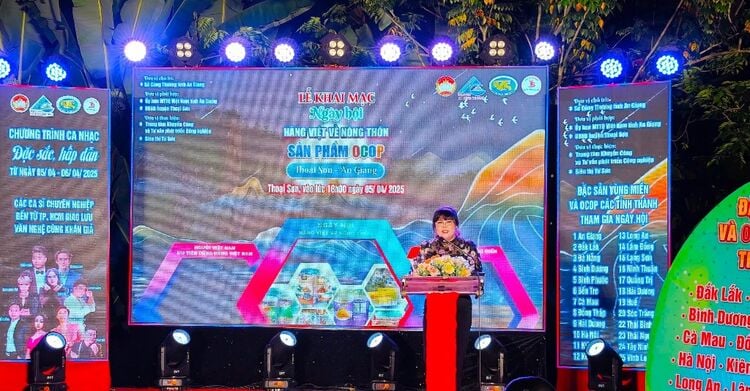

Comment (0)